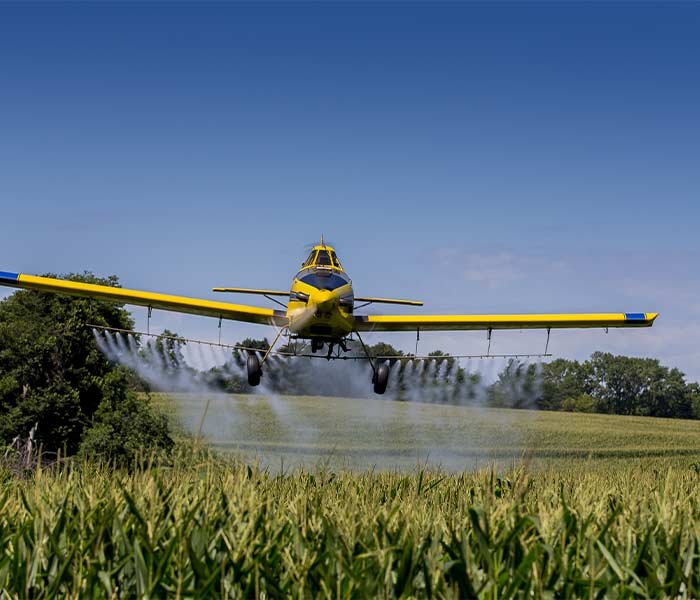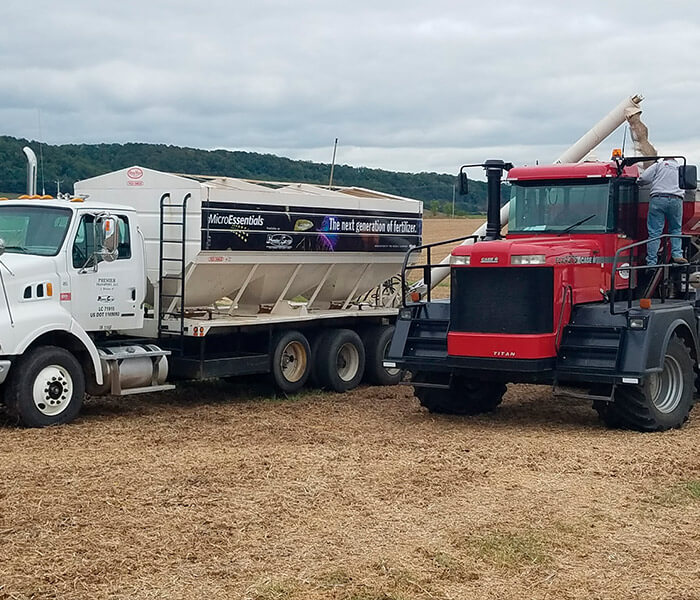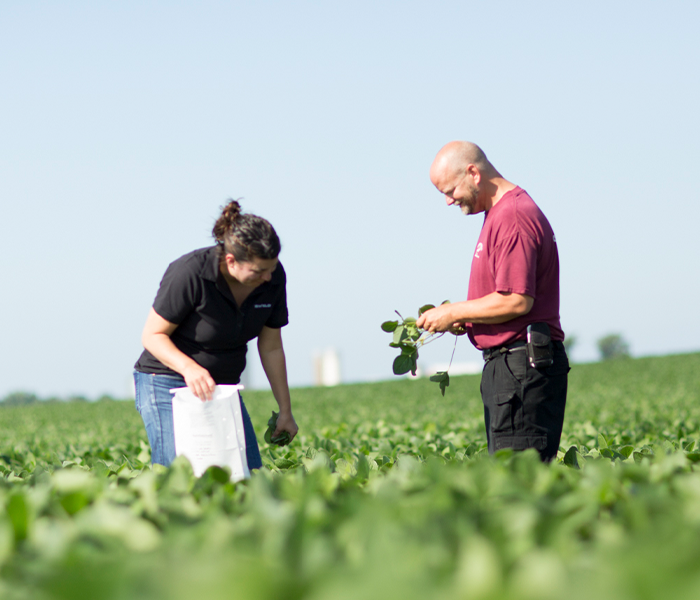Timing is Everything: When to Apply Foliar Fungicide
The success of a foliar fungicide application depends heavily on timing. There are three primary growth staes to consider -- V5-V7, V8-V10, and Vt-R1 -- each offering its own set of benefits and limitations. Here's a closer look at what to expect at each stage.
Option 1: V5-V7 Application
Pros -
- Offeres flexibility by allowing fungicide to be tank-mixed with an early herbicide pass.
- Helps surpress early-season diseases that begin in the lower canopy during wet conditions.
Cons -
- Typically too early to protect against most-yield robbing, late-season diseases.
- May require a seond application later in the season to maintain control.
What to Expect -
- Most effective when used on hybrids with good disease tolerance.
- Depending on disease pressure, a follow-up application at VT-R1 may still be needed.
Option 2: V8-V10 Application
Pros -
- Can often be applies using ground equipment, which may reduce application costs.
- V10 applications can provide yield protection comparable to VT-R1 timing under the right conditions.
Cons -
- Corn is growing quickly, and weather or mechanical delays can cause missed opportunities.
- Late-season diseases like Southern rust or tar spot may still develop after tasseling, potentially requiring another application.
What to Expect -
- When disease risk is moderate and timing aligns, this can be an efficient window to protect yield and avoid aerial application costs.
- Works best when one or more disease triangle factors (host, environment, pathogen) are not fully aligned for disase outbreaks.
Option 3: VT-R1 Application
Pros -
- Considered the optimal timing for fungicide application due to peak disease pressure and the critical growth stage of the plant.
- Offers the highest potential for disease control and yield protection.
Cons -
- Requires aerial application, which can be more expensive.
- Full canopy coverage is more difficult, especially in the lower plant levels.
What to Expect -
- Delivers the strongest return on investment and disease control across all stages, even with added application costs.
Have Questions about Fungicide Timing? Reach out to your local
Premier Agronomist for more information on fungicide and help with selecting the right timing and strategy for your operation.
Article is written by Ken Jahnke, Agronomy Division Sales Manager



